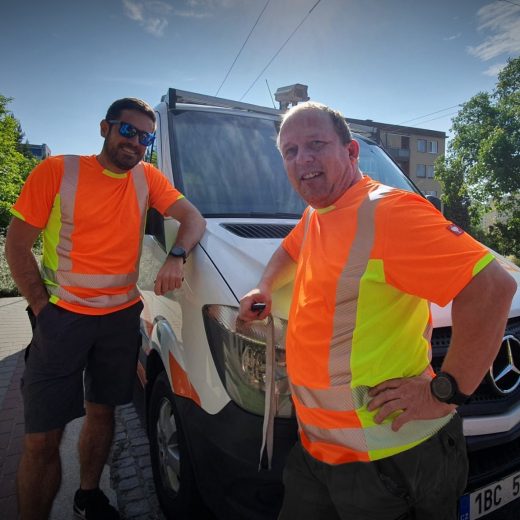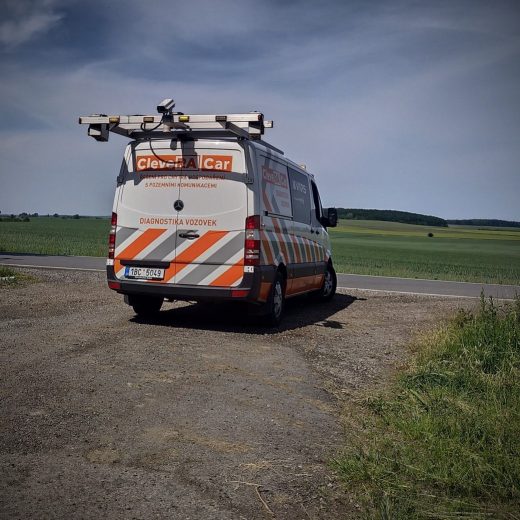Preparing for the season: how to tune a CleveRA Car
The first 5,775 lane-kilometres of measured roads and 1,344 lane-kilometres of motorways have been measured by the CleveRA Car from VARS BRNO in the 2023 season.
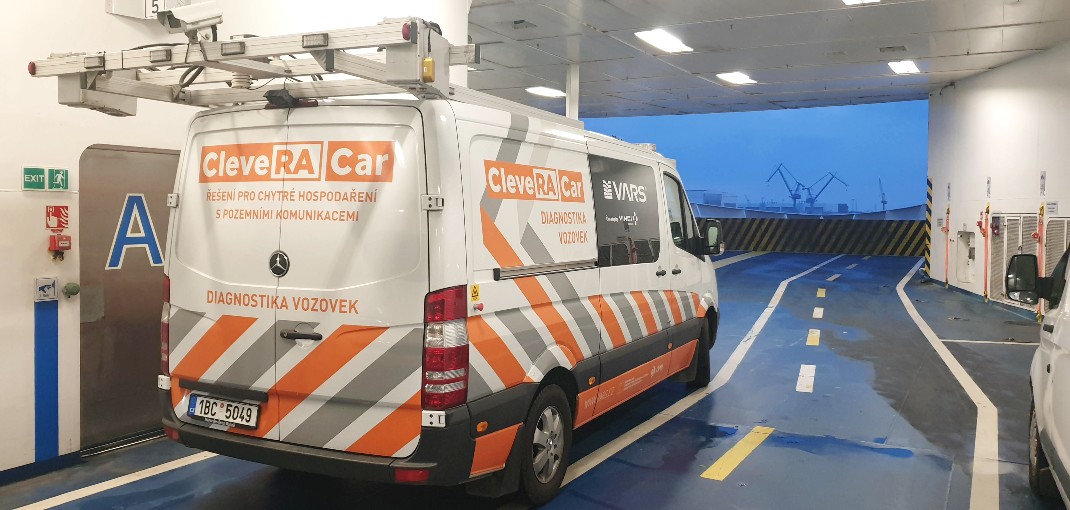
The first 5,775 lane-kilometres of measured roads and 1,344 lane-kilometres of motorways have been measured by the CleveRA Car from VARS BRNO in the 2023 season. Before the crew started loading the first sections of this year’s data, they went to Sweden for a regular check.
Regular servicing and calibrating of the sensors is carried out by a unique vehicle that VARS BRNO has been using since 2015 to measure road defects in detail at least once a year. This time, the calibration was also “forced” by repairing one of the laser sensors, which can measure the road surface at a normal speed in 1 mm increments and with an accuracy of up to 0.5 mm.
“After dismantling any of the sensors, a calibration of the entire system is necessary directly at the integrator, Ramboll, in Malmö,” explains Zdeněk Drápela, a consultant in the field of variable parameter measurement on roadways at VARS BRNO. Due to their resolution, the position configuration files of the two sensors must be set between each other with an accuracy of one-tenth of a millimetre. The calibration is then carried out by the vehicle sensors sensing calibration patterns with a precisely defined shape. Ramboll engineers can set the exact parameters of the configuration files accordingly.
The three front laser sensors on the edge of the front bumper were also checked. “The two outermost sensors are key as they scan the driving track surface. The middle sensor senses the area that is usually less worn out; therefore, we use collected information rather as reference data,” says Zdeněk Drápela.
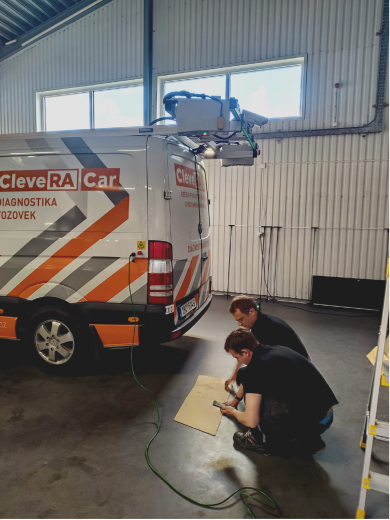
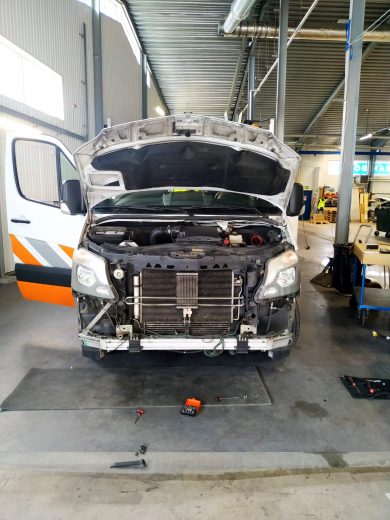

The Swedish company Ramboll is one of the top world’s leading integrators, producing measuring vehicles for several companies in European countries. “Ramboll’s role is building individual systems from different suppliers into the vehicle and building a superstructure on top of them ensuring data collection,” says Drápela.
Specifically, the CleveRA Car is equipped with the pair mentioned above of LCMS laser sensors, a trio of sensors sensing the longitudinal profile and macrotexture in three tracks, two GPS antennas for precise geolocation of the measurement and a pair of cameras sensing the measured surface. At speeds of 80 km/h, the laser sensors can not only record details of the measured road surface, but the system can also automatically detect cracks and some other defects. The efficiency and speed of the CleveRA Car is best demonstrated by deploying the vehicle in the Moravian-Silesian region. In twenty days, the VARS BRNO team measured 3,710 lane-kilometres, and in less than three autumn months, CleveRA Car covered 15,376 lane-kilometres on all roads.
The fact that the vehicle is perfectly prepared for the next measurement marathon was confirmed by the measurement accuracy test that the CleveRA Car crew completed on the test track in mid-June. Currently, drivers can meet the CleveRA Car on Class II and III roads in the South Moravian Region and all Class I roads.
